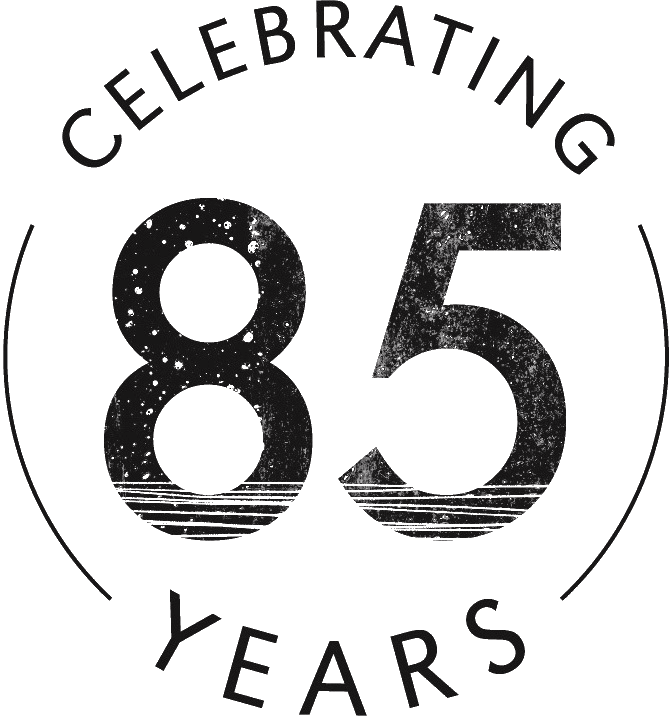1920s to 1930s | English Modernism in St Ives
In 1920 Bernard Leach, who would become a leader in the world of potters and make St Ives internationally famous, arrived with the Japanese potter Shoji Hamada and built Europe’s first oriental climbing kiln at Higher Stennack. Together they joined the ceramic traditions and techniques of the West and East, creating a modern vision and significantly influencing the development of the twentieth-century studio pottery movement.
In 1927, after marine artist Commander George Fagan Bradshaw suggested the creation of a society which would raise standards of the colony and hold exhibitions of works which ‘mattered’, the St Ives Society of Artists was formed under the presidency of Moffat Lindner. Members included many Royal Academicians, such as: the leader of the Newlyn School, Stanhope Forbes, Lamorna Birch, Julius Olsson, Adrian Stokes, Dame Laura Knight, Sir Alfred Munnings and Sir Stanley Spencer.
Considered a key moment in the development of modern painting in England, in 1928 Ben Nicholson and Christopher Wood discovered the paintings of Alfred Wallis in St Ives. Initially a fisherman and rag and bone merchant, after his wife died Wallis began to paint without any tuition. Nicholson admired Wallis’ ‘primitive’ authenticity, his use of unconventional materials and how his images materialised from a combination of memory and experience. Despite his discovery by Nicholson and Wood, Wallis was never accepted by the majority of St Ives artists. He died unaware that he would become an iconic figure for artists of the ‘St Ives School’ who aspired to achieve a similar authenticity in their own work, and that his paintings would someday sell for large sums of money.
In 1930, Moffatt Linder purchased the Porthmeor studios after they were put up for sale preventing them from being turned into shops. Several years later, during the spring of 1938, Borlase Smart and Leonard Fuller opened the St. Ives School of Painting within the studio complex. In the same year the Royal Academy accepted 80 paintings by St Ives artists, 48 of which were hung in the most prestigious viewing position on the line.
At the outbreak of the Second World War, the sculptress Barbara Hepworth and her husband Ben Nicholson left London and escaped to St Ives with encouragement from their friend Adrian Stokes – an art critic who lived in Carbis Bay. They were followed by their friends Naum and Miriam Gabo. And so it happened that three leading practitioners of international abstract or ‘constructive’ art came to be living in the remote coastal town of St Ives.
The arrival of this generation of artists, who had lived and worked among the avant-garde European artists and whose work pursued abstraction, standing apart from strictly visual representations of scenery, brought new vigor to the town. St Ives-born artist Peter Lanyon received lessons in drawing and painting from Nicholson which would change his style towards abstraction and their influences soon outreached St Ives.
The Cornish town, over 300 miles from London, was becoming an increasingly popular and exciting destination for the artist.
